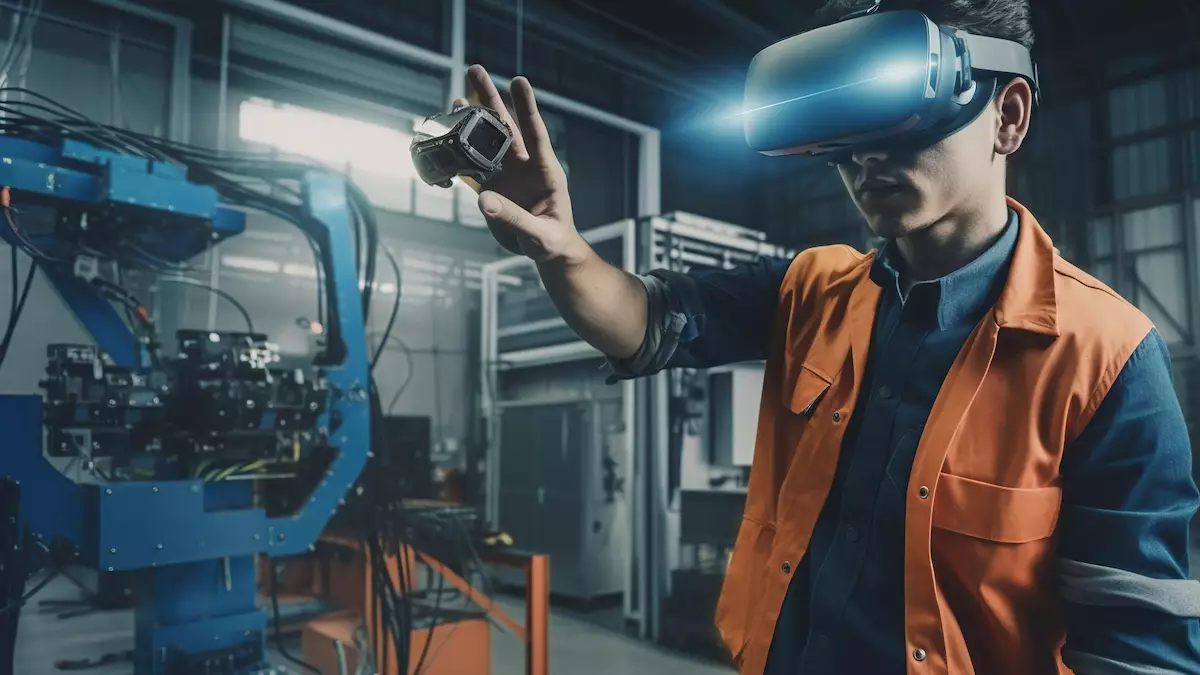Nokia is taking significant strides to position itself as a leader in technological evolution, with a keen eye on the future demands of network connectivity by 2030. The company’s Technology Strategy 2030 report highlights a strategic plan to bolster its network infrastructure and services in anticipation of a surge in demand driven by the rapid growth of the metaverse, Web3, and AI.
At the heart of Nokia’s forward-looking strategy lies a substantial investment in network technologies that will be essential in navigating the expanding landscapes of the metaverse and beyond. The company forecasts a significant 22%-25% increase in network demand from 2022 to 2030, largely attributed to the widespread adoption of generative AI and virtual reality devices.
Embracing the Metaverse
Nokia’s roadmap includes a robust investment in its network equipment and services portfolio to cater to the evolving ecosystems of the Internet of Value, decentralization, blockchain, and smart contracts. Special focus is also given to metaverse opportunities, with emphasis on human augmentation, spatial computing, and split processing.
Experimental Initiatives
To drive these initiatives forward, Nokia has established dedicated labs to delve into the metaverse and its foundational technologies. The company’s commitment extends beyond theoretical discussions to practical experiments, such as utilizing a 5G-connected Microsoft HoloLens for remote aircraft maintenance instructions, showcasing the potential of augmented reality in aiding technicians in remote locations.
Future Trends and Transformations
Looking ahead, Nokia’s Technology Strategy 2030 report identifies key trends such as AI, cloud computing, the metaverse, the Internet of Value, Industry 5.0, and API networks as pivotal in shaping the future of connectivity. By 2030, the proliferation of connected devices will be a driving force behind the adoption of the metaverse across various sectors, including consumer, enterprise, and industrial realms.
Metaverse in Industries
This technological leap is poised to revolutionize supply chains and manufacturing processes, enabling real-time interactions, efficient supply planning, and streamlined operations. The industrial metaverse, in particular, is witnessing rapid growth, with sales expected to hit US$ 61.8 billion in 2022. Forecasts suggest a compound annual growth rate (CAGR) of 25.3% from 2023 to 2033, indicating a substantial shift towards integrating metaverse technologies in industries like car manufacturing.
As a result of this integration, innovation is expected to flourish, propelling the Industrial Metaverse Market from US$ 80.1 billion in 2023 to a staggering US$ 765.8 billion by 2033. This exponential growth underscores the immense potential for metaverse technologies to reshape industries and drive forward the future of connectivity.


Leave a Reply